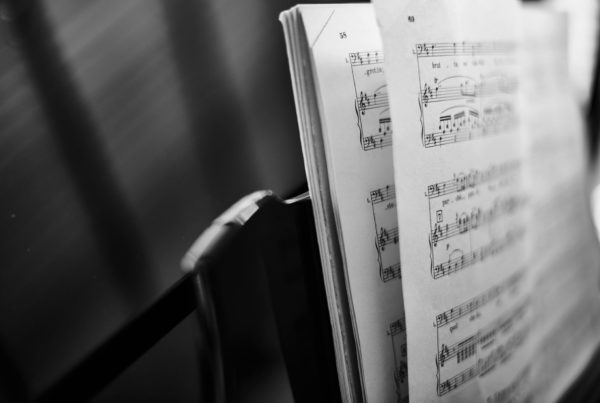EUIPO Refusal No. 018647205
Digital collectibles and NFTs are undoubtedly part of innovative marketing strategies for fashion luxury houses. However, and just as in the physical world, digital goods sold in the Web3 are not immune to the strategic question of trademark protection. Thus, fashion luxury houses have started to seek trademark protection in relation to digital goods and this is notably the case for the UK fashion house Burberry Limited.
Burberry Limited owns several trademarks including figurative signs reproducing its famous Scottish tartan design composed of a beige base, accented by black, red and white. This design is protected by several registered EU trademarks.
In 2022, Burberry Limited filed an application for an additional EU trademark reproducing its check pattern. The application covered goods and services of classes 9, 35, and 41 including digital goods, NFTs and non-downloadable collectibles to be provided online (i.e., virtual goods such as bags, clothing, footwear, eyewear, jewelry, cosmetics, and other related goods.).
The EUIPO issued a partial refusal decision. The Office found that the application was not eligible for registration and raised objections against part of goods and services on the ground that the sign lacked distinctiveness.
The Office notes that the sign at stake is a two-dimensional trademark which consists in a pattern applicable on the surface of a product or that will be part of the overall appearance of a product. The EUIPO recalled, based on its previous case-law, that “in general, a mark consisting of a decorative pattern that is simple, and commonplace is considered devoid of any element that could attract the consumers’ attention, and insufficient to indicate the source or origin of goods or services.”
In more detail, the Office specified that:
- The sign at stake will be placed on the surface of digital goods which are similar to goods sold in the physical world (items of clothing, accessories etc.). As a result, the appreciation of distinctiveness should not be different from that in the real-world. According to the Office, “the consumer’s perceptions for real-world goods can be applied to equivalent virtual goods as a key aspect of virtual goods is to emulate core concepts of real-world goods”;
- The sign consists in a pattern that is not different from other basic check-pattern used commonly in the market. The Office cites several examples of products sold by other operators.
Therefore, the Office has concluded that this sign is devoid of distinctive character and could not be registered as a trademark for part of the goods and services in relation to digital goods/collectibles and NFTs.
It should also be noted here that Burberry Limited could not argue that the sign had acquired distinctiveness through use in relation to these goods and services as the sign was filed for new goods and services.
On the other hand, the Office considered that the trademark application could proceed for the remaining goods and services of classes 9 (“Downloadable interactive characters, avatars and skins”; “video games and downloadable video game software”) and 41 (“Providing on-line information about digital games”; “Providing online video games”; “Provision of online information in the field of computer games entertainment”; “Entertainment services, namely, providing online electronic games, providing a website with non-downloadable computer games and video games.”).
This refusal decision directly questions the possibility for trademark owners to file applications to extend their trademark’s scope of protection to digital goods and collectibles where they already have trademark protection for similar goods and products marketed in the physical world.
Burberry Limited has two months from the notification of the decision to file an appeal.




